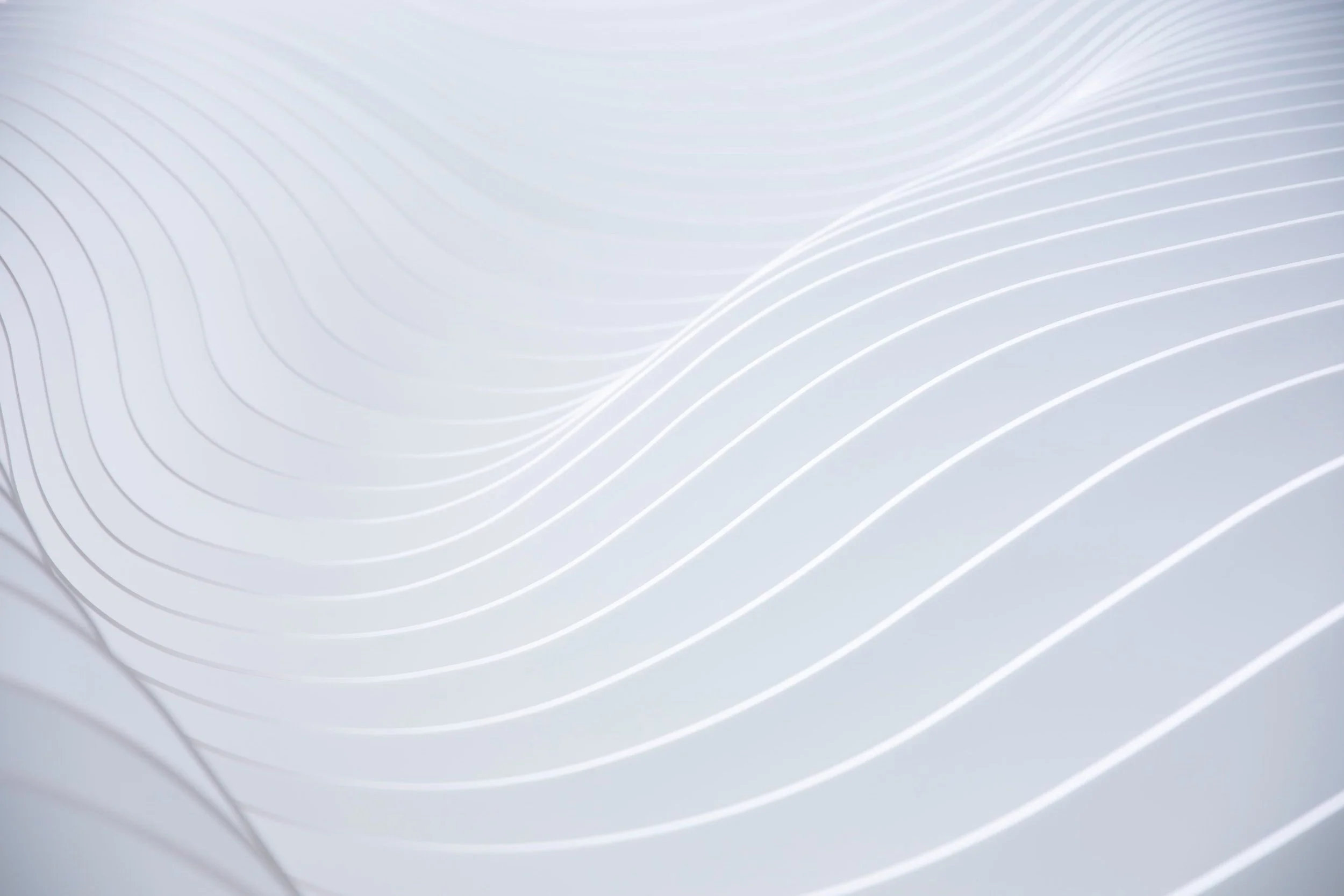We fall asleep and wake up assuming we are the same person, but nothing guarantees unbroken selfhood except our own belief in it. Yet identity is prone to disruption: a split-second lapse in awareness, a traumatic event that disrupts memory, a flow state where the self dissolves into action. Selfhood is not the constant we assume it is, but somehow, our identity persists through these fractures. This is the genesis of my interest in Extended Reality.
If identity can stretch, shift, and adapt, then the flexibility of selfhood in virtual spaces is not about escapism as so many media and tech personalities insist; it’s about confronting the deeper question of what holds identity together. I’ve stepped into virtual bodies that were nothing like my own, yet within moments, they felt instinctively natural. A taller frame made me more confident; a different pair of legs altered how I moved, even how I thought about movement, though I remained myself. However, physical attributes are just the beginning.
If identity is shaped by the vessel it inhabits, then perhaps identity itself is an adaptable framework. As XR designers, can we discover ways to make digital embodiment leave not just fleeting impressions, but lasting changes in identity? If so, we can do so much more than just imagine new ways of communication, entertainment, and immersion; we can reconfigure and transform self-perception.


